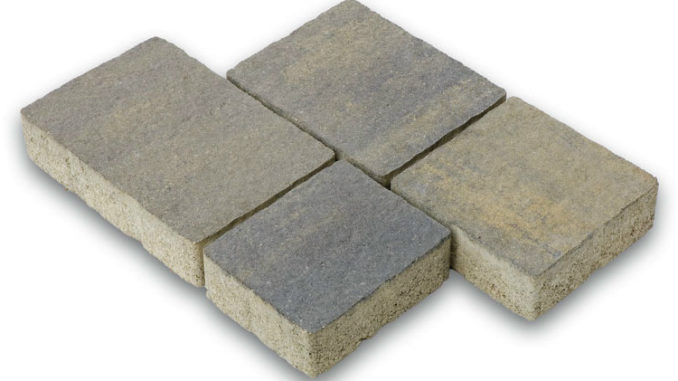
Emission from the transport sector has a particular impact on the overall air quality because of its rapid rate of growth. The main emissions caused by motor traffic are nitrogen oxides (NOx), hydrocarbons (HC) and carbon monoxide (CO). These pollutants have an increasing impact on the urban air quality. In addition, photochemical reactions resulting from the action of sunlight on NO2 and VOC’s (volatile organic compounds) lead to the formation of “photochemical smog” and ozone, a secondary long-range pollutant, which impacts in rural areas often far from the original emission site. Acid rain is another long-range pollutant influenced
by vehicle NOx emissions and resulting from the transport of NOx, oxidation in the air into HNO3 and finally, precipitation of (acid) NO3 with harmful consequences for building materials (corrosion of the surface) and vegetation.
A solution for the air pollution by traffic can be found in the treatment of the pollutants as close to the source as possible. Therefore, photocatalytically active materials can be added to the surface of pavement and building materials. Air purification through heterogeneous photocatalysis consists of different steps: under the influence of UV-light, the photoactive TiO2 at the surface of the material is activated. Subsequently, the pollutants are oxidized due to the presence of the photocatalyst and precipitated on the surface of the material.
Photocatalytic concrete constitutes a promising technique to reduce a number of air contaminants such as NOx and VOC’s, especially at sites with a high level of pollution: highly trafficked canyon streets, road tunnels, the urban environment, etc. Ideally, the photocatalyst, titanium dioxide, is introduced in the top layer of the concrete pavement for best results. In addition, the combination of TiO2 with cement-based products offers some synergistic advantages, as the reaction products can be adsorbed at the surface and subsequently be washed away by rain.
For the application of photocatalytic materials in a concrete road (and in general for any other type of application) a fundamental choice can be made between: mixing in the mass (e.g., TiO2 in cement) and/or spraying on the surface (suspension of TiO2). The former has the advantage of a more durable action since the TiO2 will continuously be present, even after wearing of the top layer. On the other hand, the initial cost will be higher (higher TiO2 content, necessity for double layered concrete) and only the TiO2 at the surface will be active. In contrast, dispersing at the surface of a TiO2 solution will provide a more direct action, and a lower initial cost (e.g., “ordinary” cement). In this case however, the longevity of the photocatalytic action could be questioned because of loss of adhesion to the surface in time. This fundamental choice was also investigated within the research program, together with the influence of several other parameters.
However, it a costly technology, but for reduction of pollution and further purification of the air, it’s production and application should be done on large scale. It may help in reducing the cost of the technology. Further, testing could be done on the alternative lesser costly materials which may also durable in context of not washing away in rains.
Matter referenced:
Elia Boonen and Anne Beeldens. 2014. Recent Photocatalytic Applications for Air Purification in Belgium. Coatings (Journal) www.mdpi.com/journal/coatings. ISSN 2079-6412.
By- Dr. Bhawana Asnani.
Happy to see Reviews, Additions, Suggestions and Comments, further.

Leave a Reply
You must be logged in to post a comment.